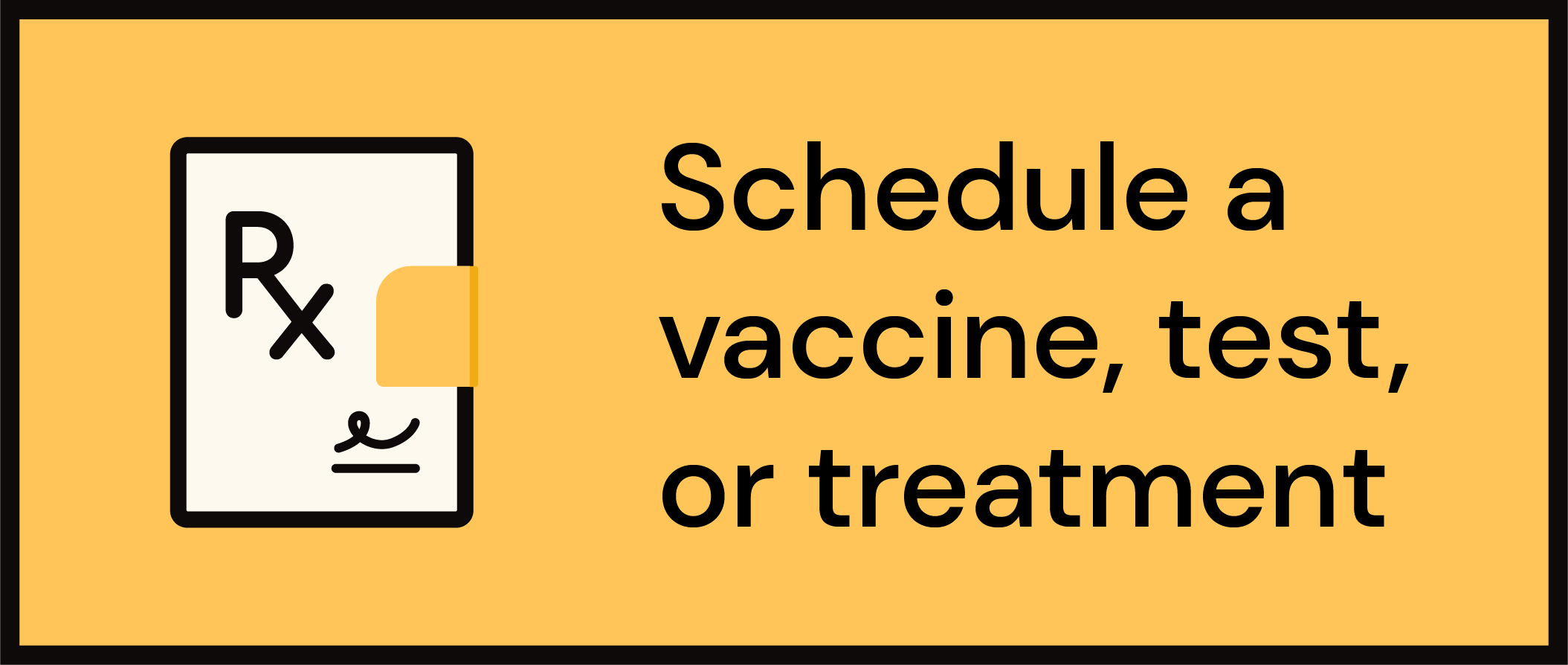Get Healthy!

- Denise Mann
- Posted April 25, 2023
New Treatment Could Be Safer Way to Fight Brain Tumors in Kids
Each year, about 140 kids in the United States are diagnosed with a craniopharyngioma, a typically non-cancerous brain tumor that develops near the pituitary gland at the base of the brain.
Doctors treat craniopharyngiomas with surgery to remove the entire tumor or a less aggressive surgery followed by radiation to kill any remaining cells.
Now, a new study suggests that using proton therapy, a more targeted form of radiation, after surgery may stave off potential learning issues in the future -- without compromising the already high survival rates seen in kids with these tumors.
"Proton radiotherapy reduces exposure of normal brain tissue in children treated for brain tumors,"said study author Heather Conklin, chief of the neuropsychology section in the psychology department at St. Jude Children's Research Hospital in Memphis, Tenn. "For children undergoing treatment for craniopharyngioma, this reduced exposure results in reduced doses to the temporal lobes of the brain, which theoretically should result in less cognitive problems following treatment."
With conventional radiation or photon therapy, X-rays pass through the tumor to parts of the brain that are responsible for learning. By contrast, proton therapy stops within the tumor, sparing normal brain tissue and reducing collateral damage, such as learning issues.
For the new study, the researchers compared how the two therapies stacked up in 94 kids treated for craniopharyngioma. Kids who received proton therapy took standard IQ tests every year for five years. These results were compared to what has been seen traditionally among kids treated with surgery and photon therapy.
The five-year survival rate was equally high in both groups, but proton therapy caused fewer learning issues later on, the study authors reported.
Kids treated with older photon therapy lost 1.09 IQ points every year for five years compared to their peers who received the newer type of radiation. What's more, kids who received the older method of radiation also showed declines in social and self-care skills as reported by their parents.
"The results could be practice-changing if they convince caregivers to recommend proton therapy over radical surgery or radiotherapy using photons,"Conklin said.
She noted that proton therapy is available at a limited, but growing, number of cancer centers. Craniopharyngioma may just be the tip of the iceberg when it comes to uses for this targeted form of radiation, she added.
"The potential benefits of proton therapy are currently being evaluated [in] a number of brain tumor types at St. Jude and other cancer centers,"Conklin said.
The findings from these studies are critical for development of treatment guidelines and monitoring, as well as education of patients and caregivers, she added.
The study was published online April 18 in The Lancet Oncology.
Surgery is the standard of care for these tumors, said neuro-oncologist Dr. Eugene Hwang, associate division chief of oncology at Children's National Hospital in Washington, D.C.
"When the entire tumor is removed, it is considered a cure, but there are often side effects from surgery due to where the tumor is located in the brain,"Hwang said.
The surgery can affect hormone function, growth and vision. These issues can be treated with medication; however, some surgeons may opt for a less aggressive surgery to avoid these side effects, and this is where radiation comes in, said Hwang, who had no ties to the new research.
Radiation also causes its share of side effects, including risk of secondary cancers down the road.
"If you can do aggressive surgery to remove the entire tumor, there's a chance that all of those toxicities will be avoided,"Hwang said.
"Proton therapy is no more toxic than photon therapy and may hold a cognitive advantage,"he added. "Proton radiation hurts the brain's learning ability less and has the same survival advantage as photon radiation therapy."
Proton therapy isn't widely available yet, and it can be costly, Hwang noted.
More information
The Mayo Clinic has more on craniopharyngioma.
SOURCES: Heather Conklin, PhD, chief, neuropsychology section, psychology department, St. Jude Children's Research Hospital, Memphis, Tenn.; Eugene Hwang, MD, neuro-oncologist, associate division chief, oncology, Children's National Hospital, Washington, D.C.; The Lancet Oncology, April 18, 2023, online








